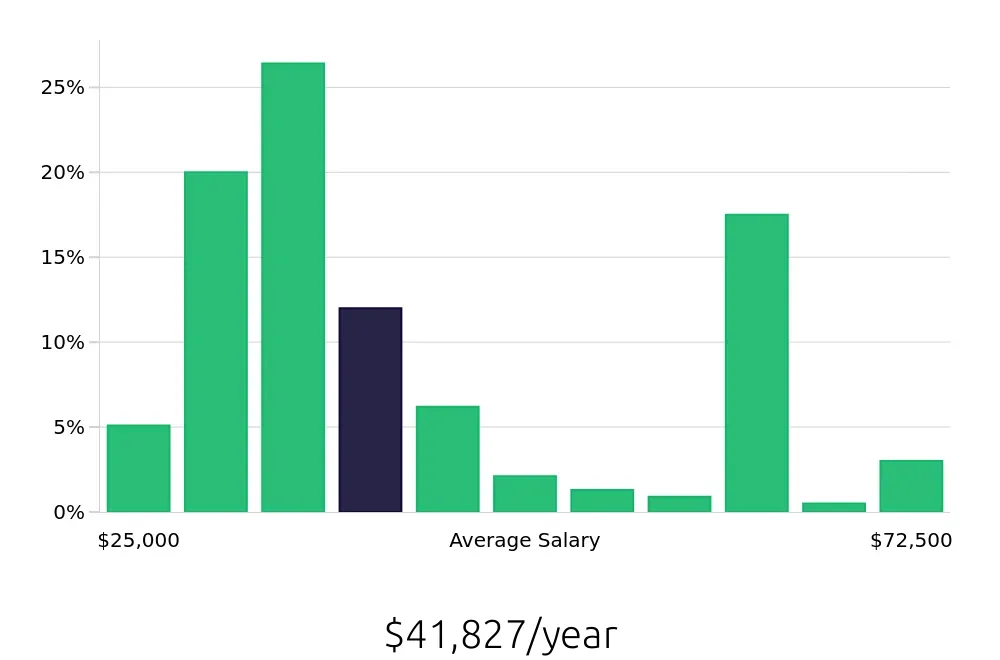Position
Overview
A Class B Driver operates a variety of vehicles, including straight trucks, buses, and some large trailers. These drivers often transport goods, materials, or passengers. They must follow traffic laws and ensure the safety of their passengers or cargo. Class B Drivers need to be detail-oriented and able to handle different types of vehicles. They also need to complete regular inspections and maintenance checks on their vehicles to ensure they are in good working condition.
Responsibilities of a Class B Driver include planning routes, loading and unloading cargo, and delivering goods to the correct destination. They must also keep accurate records of their trips, including mileage and delivery times. Class B Drivers often work for logistics companies, delivery services, or public transportation agencies. This role requires a valid driver's license and may require additional certifications depending on the specific job and location. Attention to safety and customer service is key in this position.
Becoming a Class B driver can open many job opportunities. This role is important for transporting goods and people. It requires a special license and training. Follow these steps to start your career as a Class B driver.
First, check the requirements for a Class B Commercial Driver's License (CDL). Each state has its own rules. Generally, you must be at least 18 years old. Some jobs may require you to be 21. You also need a clean driving record. Pass a medical exam and a drug test. These steps ensure you are fit to drive.
The journey to becoming a Class B Driver involves several steps. First, individuals must meet the basic requirements, such as being at least 21 years old and having a valid driver's license. Next, they need to complete a training program. These programs can vary in length, but they typically last from a few weeks to several months. The training covers both classroom instruction and hands-on driving experience.
After completing the training, aspiring Class B Drivers must pass a written test and a skills test. The written test checks knowledge of traffic laws and safety rules. The skills test evaluates driving abilities. Once these tests are passed, the individual can receive their Class B Commercial Driver's License (CDL). This license allows them to start working as a Class B Driver. The entire process, from start to finish, usually takes between three months to a year, depending on the individual's pace and the specifics of the training program.
We are seeking a reliable and experienced Class B Driver to join our team. The successful candidate will be responsible for operating a Class B vehicle to transport goods and materials. This role requires a professional attitude, excellent driving skills, and a commitment to safety.
Responsibilities:
Qualifications
A Class B Driver operates vehicles with a Gross Combination Weight Rating (GCWR) of 26,001 pounds or more, provided the vehicle being towed weighs more than 10,000 pounds. This career path offers a variety of opportunities in industries such as delivery, logistics, and public transportation. Drivers often work for companies that transport goods, ensuring that products reach their destinations on time. The job requires a Commercial Driver's License (CDL) and often involves long hours on the road.
Working as a Class B Driver has its own set of advantages and challenges. Consider the following pros and cons before pursuing this career.
Job seekers interested in becoming a Class B Driver can look forward to a stable job market. The Bureau of Labor Statistics (BLS) reports an average of 1,400 job positions available each year. With a projected 0.2 percent change in job openings from 2022 to 2032, this career path offers steady opportunities. This outlook makes it a reliable choice for those seeking job security and growth.
The BLS also provides insight into the financial aspects of this career. The average national annual compensation for Class B Drivers stands at $34,420. This figure reflects the earning potential for those in this role. Additionally, the average national hourly compensation is $16.55, offering a clear picture of what to expect in terms of pay. These figures highlight the financial benefits that come with this profession.
For job seekers, these statistics paint a positive picture of the job outlook for Class B Drivers. With a steady number of job openings and a stable compensation rate, this career path is a promising choice. The combination of job security and reasonable pay makes it an attractive option for those entering the job market.
